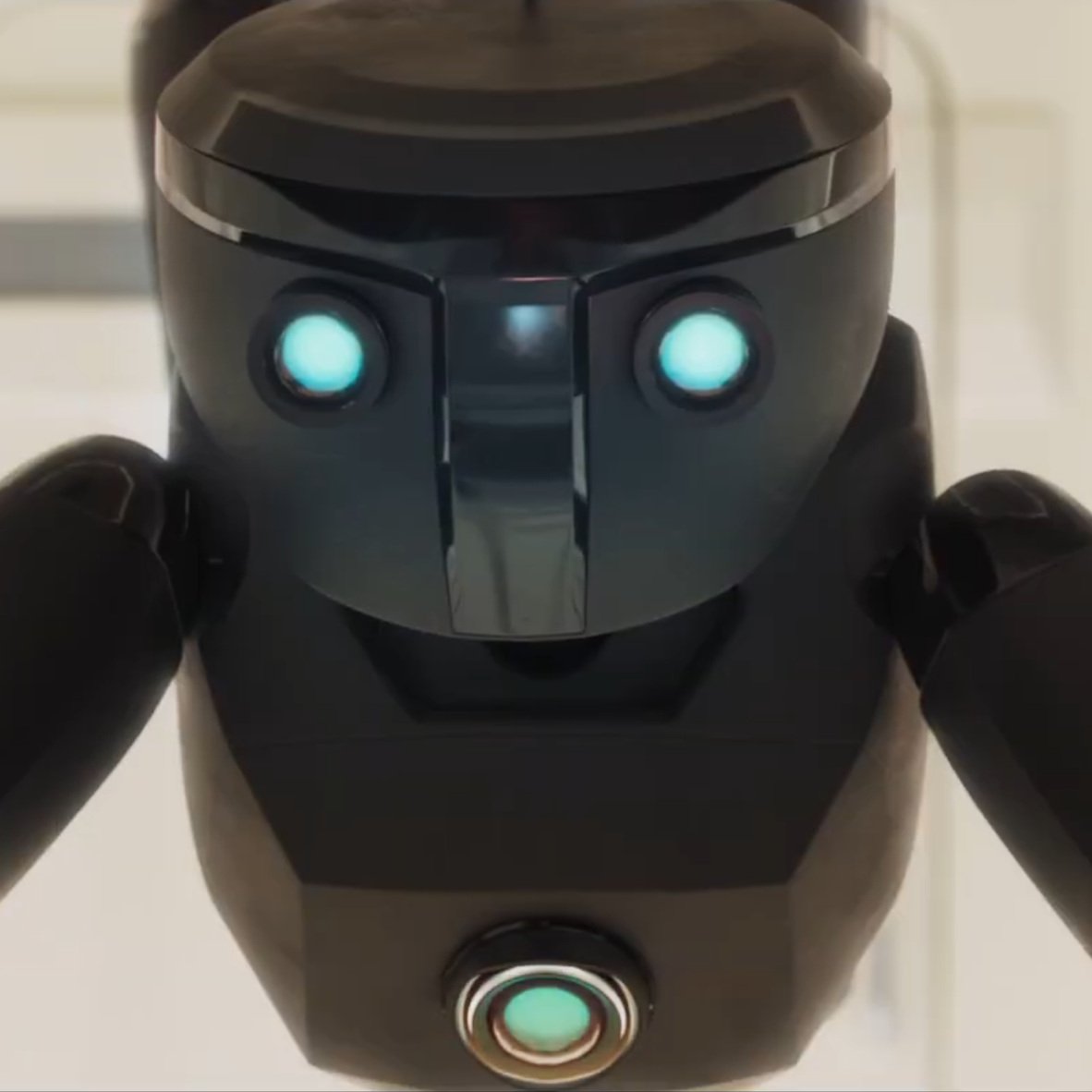
Mission: Possible (2023)
A National Film and Television Short-filmAs part of my training at the National Film and Television School (NFTS), I had the privilege of working on Mission: Possible, a student-led recreation of the iconic CIA vault scene from Mission: Impossible. This ambitious project brought together Model-making and Visual Effects students to craft a detailed 1:5 scale miniature set and integrate it seamlessly with CGI.
As part of the On-Set VFX team, I gained hands-on experience with industry-standard techniques to ensure smooth post-production workflows. This included overseeing the use of green-screen, chrome ball and grayscale spheres for lighting reference, and the Macbeth chart for color calibration. I also facilitated data capture and texture/reference capture, which were crucial for integrating CGI elements into the practical set. Additionally, I worked closely with the Director of Photography, coordinating the filming of multiple lighting passes to provide maximum flexibility during compositing.
In the Editing and VFX Editorial phases, I was also responsible for both crafting the narrative and establishing a robust visual effects pipeline. Using DaVinci Resolve, I edited the film to ensure a coherent and engaging story, while maintaining a seamless flow between practical and digital elements. Separately, as a VFX Editor, I designed and managed the VFX pipeline in Nuke Studio, synchronizing the previsualization passes, different lighting passes, live-action footage, and CGI assets. This process required meticulous organization and technical precision to streamline collaboration between departments and ensure continuity throughout the project.
During the Compositing phase, I integrated a wide range of visual elements to create the final polished shots. This included:
Green-screen keying: Using advanced keying techniques to isolate elements while maintaining edge detail and avoiding spill.
Incorporating multiple lighting passes: Layering and blending passes to enhance the realism of the scene, ensuring consistent lighting interactions between the miniature set and digital assets.
Adding halation effects: Introducing subtle light diffusion and edge bloom to mimic the optical characteristics of the physical lens, creating a more cohesive look.
Integrating the CG robot: Carefully aligning the robot’s animation and lighting with the practical set to ensure seamless interaction between physical and digital elements.
Light wrap: Applying light wrapping techniques to ensure the CG elements blend naturally with the background, enhancing the perceived integration of all components.
Mission: Possible was not only a technical and creative challenge but also an invaluable learning experience. This project deepened my expertise in editing, on-set VFX workflows, and compositing while showcasing the power of collaboration and attention to detail in visual storytelling. The project was used as an ident for the school for recruiting future batches of Visual Effects & Model-making students, we additionally received a feature in before & afters celebrating the ingenuity and teamwork of our cohort.